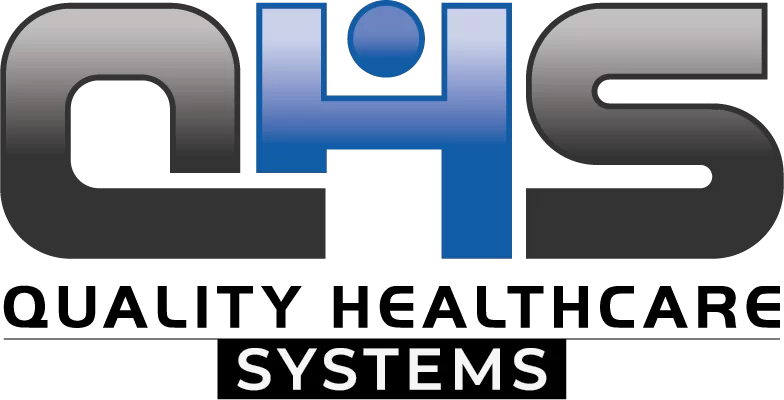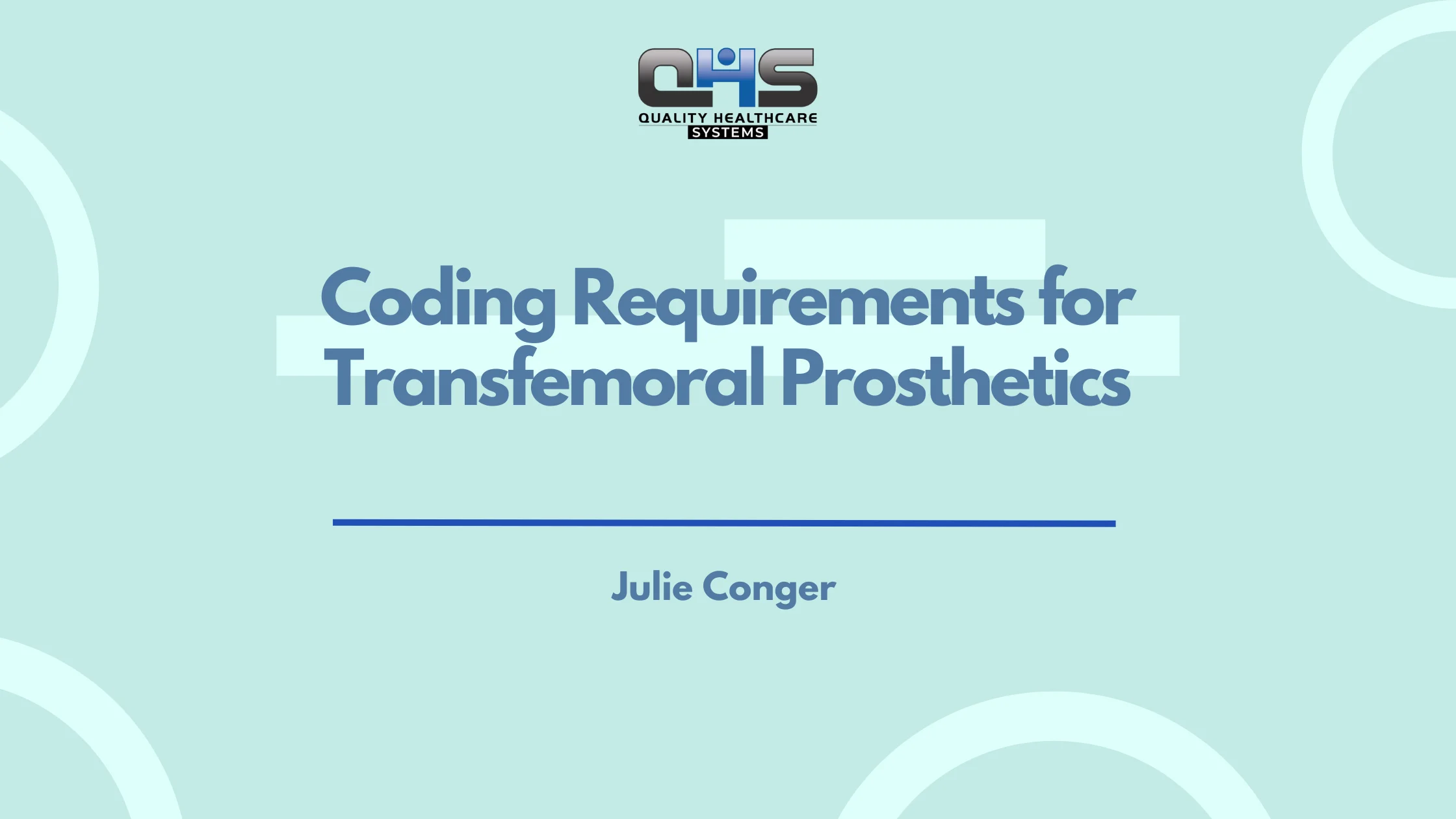Patient no-shows are a common challenge for healthcare practices, causing lost revenue and disruptions in scheduling. Reducing no-shows not only improves operational efficiency but also enhances patient care by ensuring appointments are utilized effectively. Here are seven creative and actionable ideas to help your practice minimize missed appointments.
How to Reduce Patient No-Shows
1. Send Personalized Appointment Reminders
Personalized reminders are one of the most effective ways to reduce no-shows. Patients are more likely to attend appointments when they receive timely, tailored notifications via text, email, or phone calls. Automated reminder systems allow practices to send reminders 24-48 hours in advance while maintaining a personal touch by including patient names and appointment details.
Practices that integrate reminder systems as part of their revenue cycle management workflows often see a significant reduction in no-show rates while improving overall efficiency.
2. Offer Flexible Scheduling Options
Providing patients with flexible scheduling options, such as evening or weekend appointments, can make it easier for them to attend. This flexibility caters to patients with demanding work schedules or family commitments. Additionally, offering telehealth appointments is a convenient option for patients who may struggle with transportation or time constraints.
When scheduling is patient-centered, practices often experience fewer cancellations and a better overall attendance rate.
3. Implement a No-Show Fee Policy
Introducing a no-show fee policy can encourage patients to take their appointments more seriously. The fee doesn’t have to be high but should be reasonable enough to act as a deterrent for missing appointments without proper notice. Transparency is key—ensure patients are informed of the policy during their initial visit or when they schedule appointments.
To streamline no-show fee collections, small practices can benefit from medical billing and coding services, ensuring a smooth process for both patients and staff.
4. Create a Patient Waitlist System
A waitlist system can minimize the impact of last-minute cancellations by filling empty slots with other patients who need appointments. This strategy not only maximizes the use of your schedule but also improves patient satisfaction by offering timely access to care. Implementing this system ensures your practice continues to operate efficiently even when cancellations occur.
5. Simplify Appointment Rescheduling
Patients are less likely to miss appointments if rescheduling is quick and easy. Offering tools like patient portals or mobile apps allows patients to manage their schedules seamlessly. Self-service rescheduling reduces barriers and gives patients more control over their care, ultimately leading to fewer missed appointments.
This also frees up administrative staff from manually managing cancellations, saving time and resources.
Learn more: How to Bill for Missed Appointments: A Guide for No-Shows
6. Educate Patients on the Impact of No-Shows
Many patients are unaware of the financial and operational strain that no-shows place on medical practices. Educating them about the importance of attending appointments can foster a sense of responsibility. You can communicate this through appointment confirmations, newsletters, or even infographics displayed in your waiting room.
For example, a simple note like, “Missed appointments prevent other patients from receiving timely care,” can encourage patients to prioritize their scheduled visits.
7. Build Strong Patient Relationships
Trust and rapport play a significant role in patient retention and attendance. Patients who feel valued and respected by their provider are less likely to miss appointments. Small gestures, such as remembering personal details or showing empathy during visits, can go a long way in building loyalty.
Conclusion
Reducing patient no-shows is crucial for maintaining operational efficiency and delivering quality care. By implementing these creative strategies—ranging from personalized reminders to building stronger patient relationships—your practice can significantly decrease missed appointments and enhance overall patient satisfaction.






